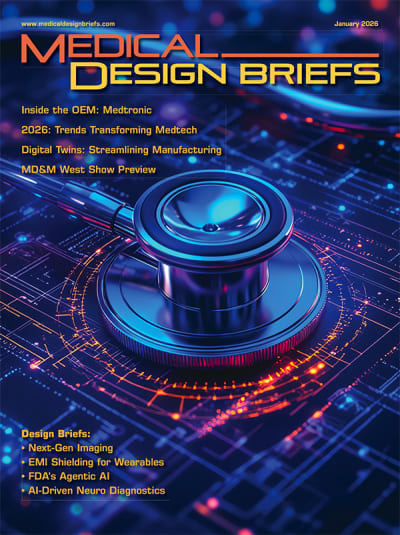Visualization technology for medical usage has advanced rapidly, from analog to digital to high definition to 3D and now 4K. High-quality displays will continue to be invaluable medical tools, whether it’s the enhanced depth of a 3D image, or the increased contrast, resolution and level of detail enabled by 4K technology. State-of-the-art visualization technology is now a part of a medical team’s arsenal, and is a critical resource for every area of a medical environment.

Whether in the OR during a procedure, or in the classroom for education and training, the highest possible video resolution is a must.
3D imaging provides enhanced depth during procedures and for effective training and education. Physicians are provided a level of visualization that they were unable to realize in 2D. Physicians have also noted that the ability to record and display in 3D versus 2D gives surgeons a realistic depth of field and helps them navigate through a procedure, and easily provides a more in-depth surgical training experience. (See Figure 1)
3D and 4K for Medical Usage
4K capture and display is also rapidly expanding the limits of what medical teams can visualize. 4K offers four times the resolution of standard HD, resulting in virtually no pixilation and giving surgeons and their teams a greater sense of depth to the image.
Both technologies—3D and 4K—offer an incredible range of benefits for a medical environment and, certainly both can co-exist at a healthcare facility. 3D technology is already being used to help improve surgical procedures. The ability to record and display in 3D versus 2D gives surgeons a realistic depth of field and helps them navigate through a procedure easily. 3D also provides a more in-depth and immersive surgical training experience.
The mission of 3D technologies in the medical field is to give surgeons unprecedented depth of perception and enhanced visualization when performing procedures. At the same time, there is little arguing that 4K is positioned to become the next imaging and visualization standard in the medical industry.
4K provides the highest resolution available today as a window to the body which is important for minimally invasive, microsurgical procedures such neurology and ophthalmic, and open general surgery, and for education and training. Endoscopic and laparoscopic 4K camera systems are already beginning to be introduced into the market. 4K technology has the potential to provide a significantly better view of the surgical procedure.
Many companies are looking into developing 4K technologies. Why you ask? 4K technology offers 4 times the resolution and clarity of HD, allowing surgeons and their teams to see a procedure or an image on a monitor in new ways. Medical teams using 4K displays have the capability to see a “quad-split” view of four full HD signals (1920 x1080) on one display, helping them view different sources. It’s important to point out, because HD monitors on the market today would only be able to display ¼ of HD in each quadrant because they don’t have the 4K resolution to support it. Surgeons are now able to see four full high definition sources such as an endoscopic camera, room camera, radiology exam, and patient vitals.
Both 4K and 3D technologies will continue to evolve as the needs and requirements of medical professionals expand and increase. As long as technology manufactures are keeping up with the latest trends, physicians in the OR will continue to improve workflow.
This article was written by Julie Holodak, Senior Marketing Manager, Sony Electronics, Park Ridge, NJ. For more information, Click Here .



